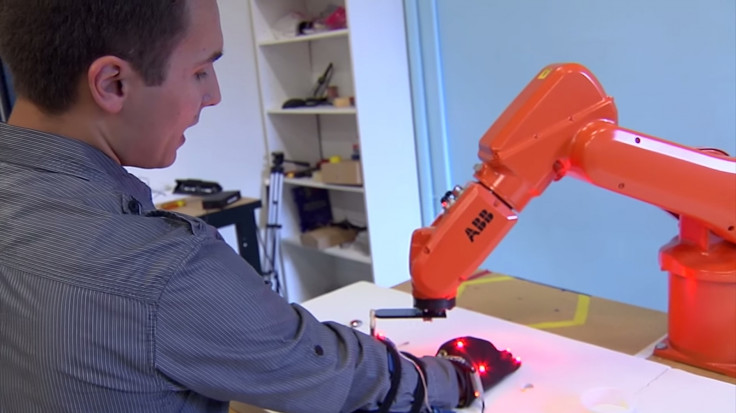Will robots take our jobs? MIT building worker robots that learn by operating beside humans

The on-going panic in popular culture about whether or not robots will take over our jobs will probably not be helped by the fact that MIT is actively developing smart assembly-line robots that are able to learn from experience by working alongside humans.
Robot scientists from MIT's Computer Science and Artificial Intelligence Lab (CSAIL), with support from the US National Science Foundation, are working on developing the next generation of assembly line robots that will be far smarter than the ones we have today.
Currently, assembly line robots used in factories such as car manufacturers cannot be operated if humans are nearby as the machines are large and move very swiftly.
By imbuing assembly line robots with artificial intelligence, the robots are able to sense human workers next to them and make adjustments to their behaviour to improve safety and make it possible for humans and robots to work together.
The researchers, led by roboticist and aerospace engineer Julie Shah, are teaching the ABB IRB 120 (nicknamed "Abbie") robot spatial awareness using overhead cameras and a motion-capture system.
The robot knows when the human is working on something and instantly stops and waits for the human to finish his or her task and move, before resuming its work.
The researchers have also noticed that while waiting for a researcher to finish tightening a screw, the robot decided to find a workaround and instead move to work in another area instead.
"We have a very accurate picture of where the person is in the space, and the robot can use that in its decision making, to decide what task it does next and how it moves through the space," said Shah in a new video about the robots.
"We want anyone to be able to come in and teach a robot the way I would teach another person. We designed very fast algorithms that are able to take this real-time information and adapt the robot's motion plan."
Of course, robots will need to reach a stage where they are reliably safe, in order to work side-by-side with factory workers.
However Shah thinks that rather than completely replacing humans, robots could be used to take on dangerous or tedious tasks, freeing the aerospace engineer, mechanic or technician to handle other intricate tasks more quickly.
"Our algorithms provide an opportunity to begin integrating robots to do little pieces of this work," she said, adding the prediction that smarter assembly line robots will be working alongside humans within the next five years.
© Copyright IBTimes 2025. All rights reserved.






















